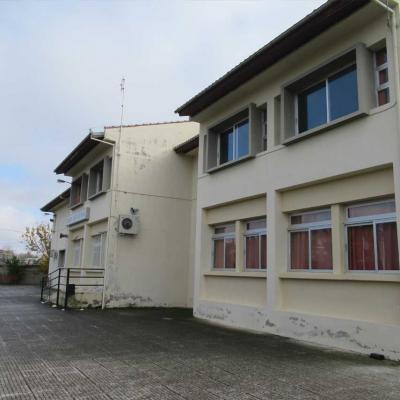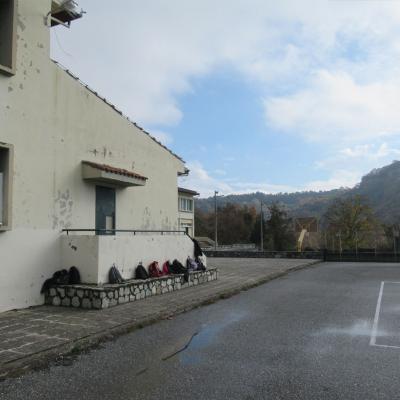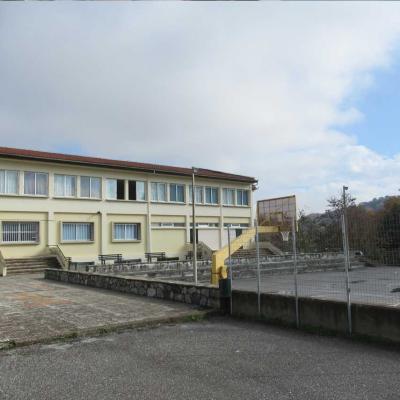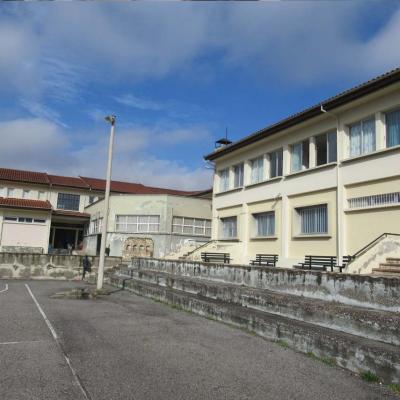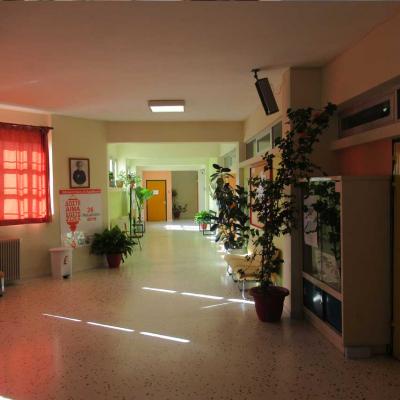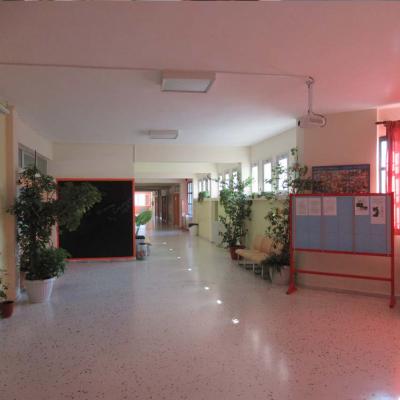DION
DION ARCHEOLOGICAL PARK
Dion stands in the northern foothills of Mount Olympus, and exercises complete control over the narrow defile leading from Macedonia to Thessaly. Formerly a distance of only 7 stades from the shores of the Thermaic Gulf, it was the most important sacred city of the Macedonians. Here it was that Archelaos I, at the end of the 5th century B.C., first held brilliant festivals at which sacrifices were offered to Olympian Zeus and the Pierian Muses, and introduced theatrical and gymnastic competitions - the "Olympia ta en Dion" - which were still celebrated about 100 B.C.
Here it was that Philip II celebrated the capture of Olynthos, the capital of the Chalkidian League, and here Alexander the Great sought the aid of the king of the gods before setting out for the East. And it was in the sanctuary of Zeus, finally, that the famous group was erected depicting twenty-five of Alexander's companions who fell at the Granikos' battle, the work of Lysippos.
The first Roman colonists (colony) possibly settled here in 43 B.C., perhaps as a result of the activities of Brutus; the mass transportation of Italians to the city and the foundation of the colonia was the work of Augustus, however, immediately after his victory in the battle of Actium (31 B.C.). Despite the fact than latin was the official language, the majority of the inscriptions are in Greek, attesting both to the predominance of the local element and to the swift hellenisation of the newcomers. The glory of Cristianity is proclaimed by two basilicas built in the ruins of the ancient city and a third constructed outside the city walls. The bishop of Dion took part in the Synod of Serdike in the 4th century A.D. (343) and in the Synod of Ephesos in the 5th century A.D. (431). Dion fell victim to the invasions of Ostrogoths and it wounds never healed. Flooding by the river Vaphyras, earthquakes and time would veil in oblivion the city that was admired and plundered by C. Caecilius Metellus after he had crushed the uprising of Andriskos (150 - 148 B.C.).
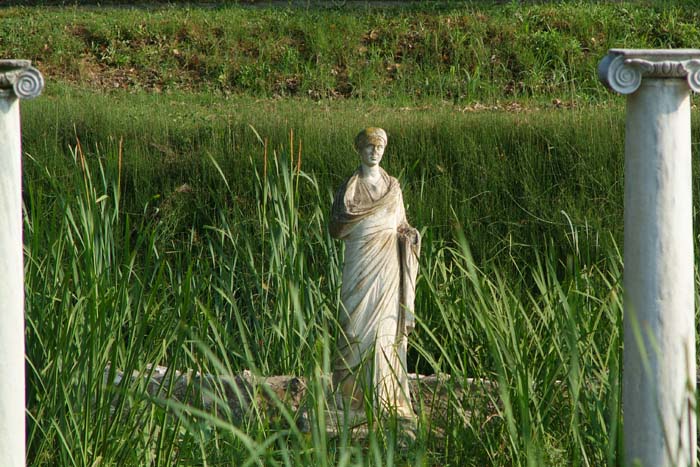

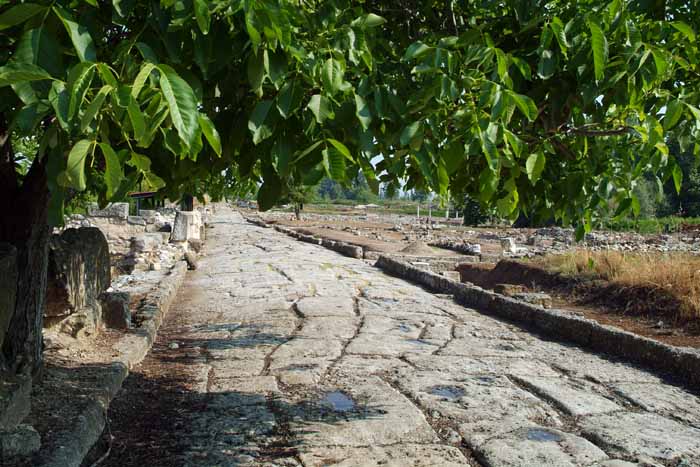
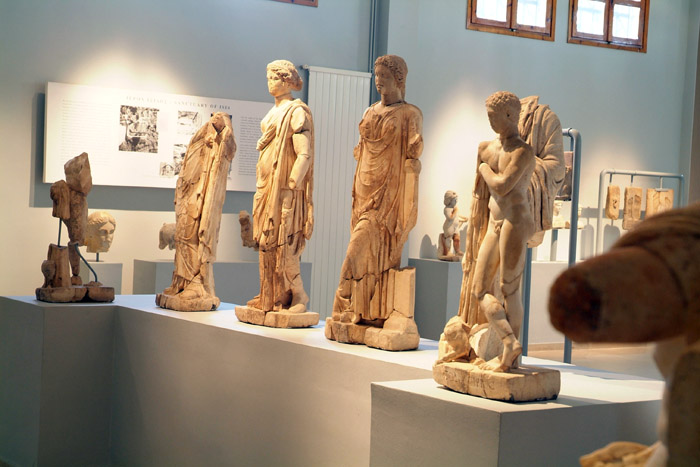
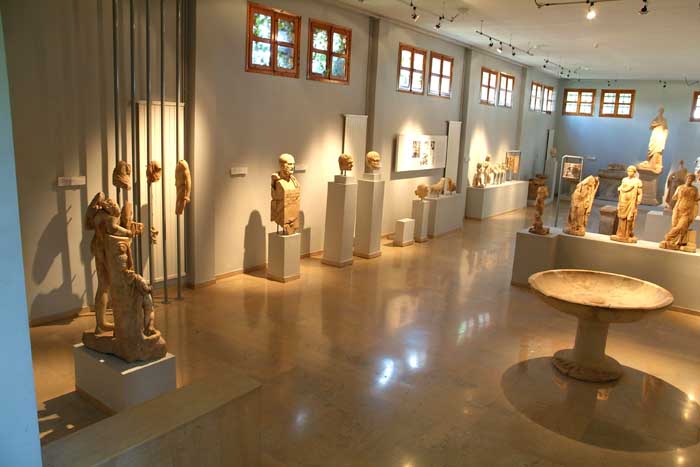
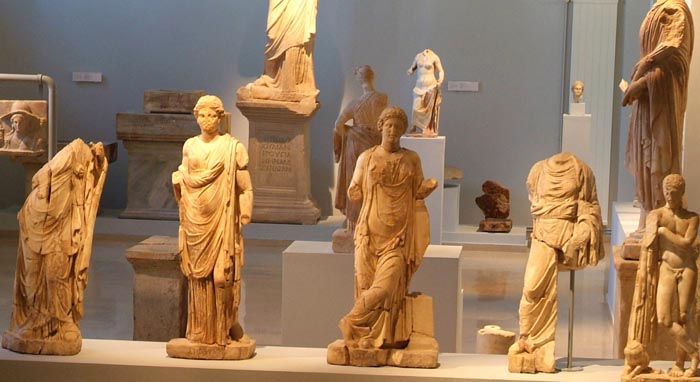
The excavation of the area commenced in 1982 and is continued at present by the University of Thessaloniki. It has brought to light a fortified city, surrounded by cult areas, that was inhabited continuously from the Classical period to Early Christian times. Buildings of various periods have been discovered in a series of different levels. Private residences, public buildings, shops, and a large number of workshops are erected in building blocks defined by the streets. On the south edge of the ancient city are the public baths (thermae), an imposing complex covering an area of over 4,000 square metres and dating from about A.D. 200.
The Hellenistic theatre of Dion, which lies outside the walls, was built in the reign of Philip V (221-179 B.C.). The Roman theatre, dating from the 2nd c. A.D., has been identified south-east of the Hellenistic structure.


